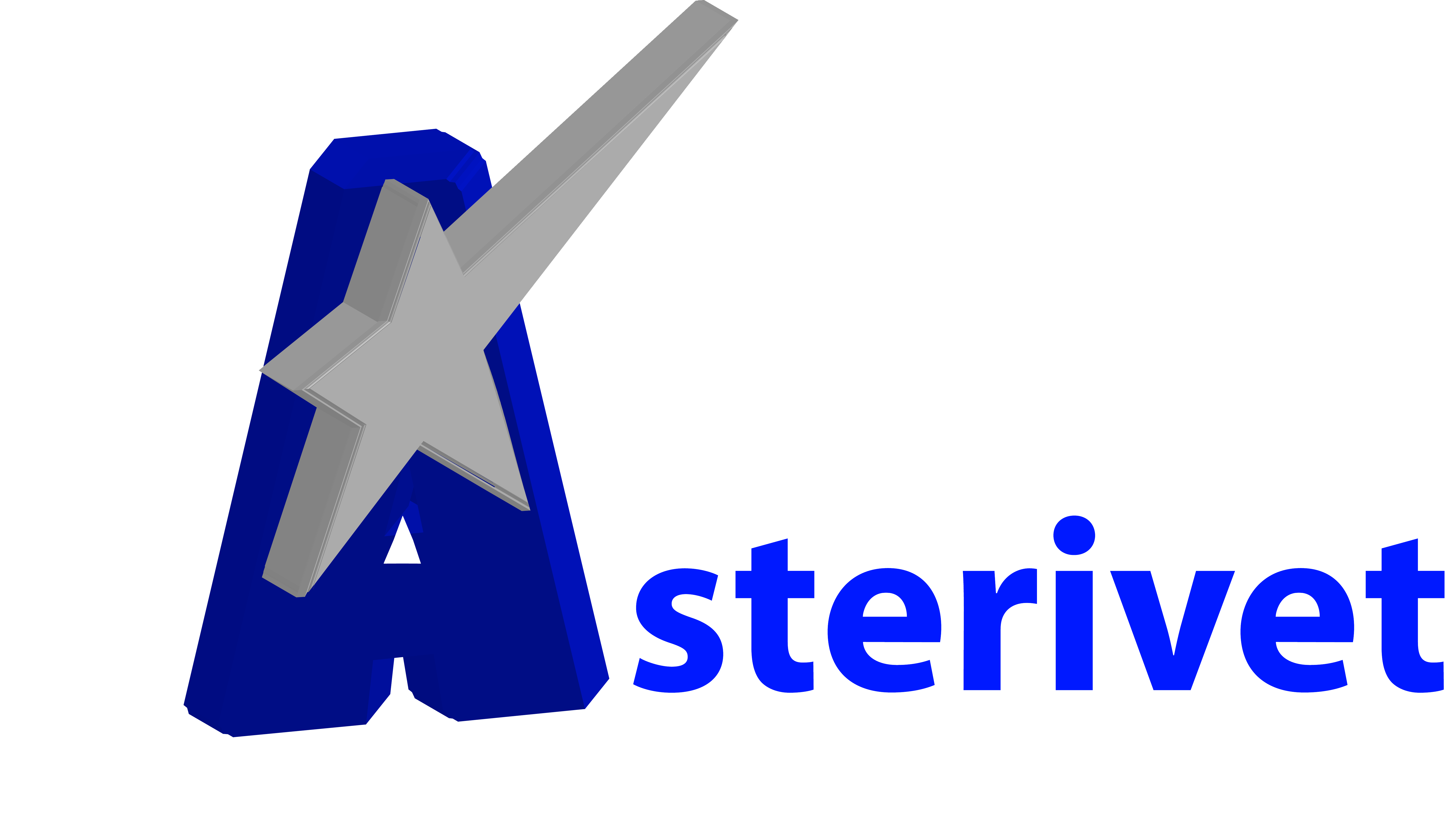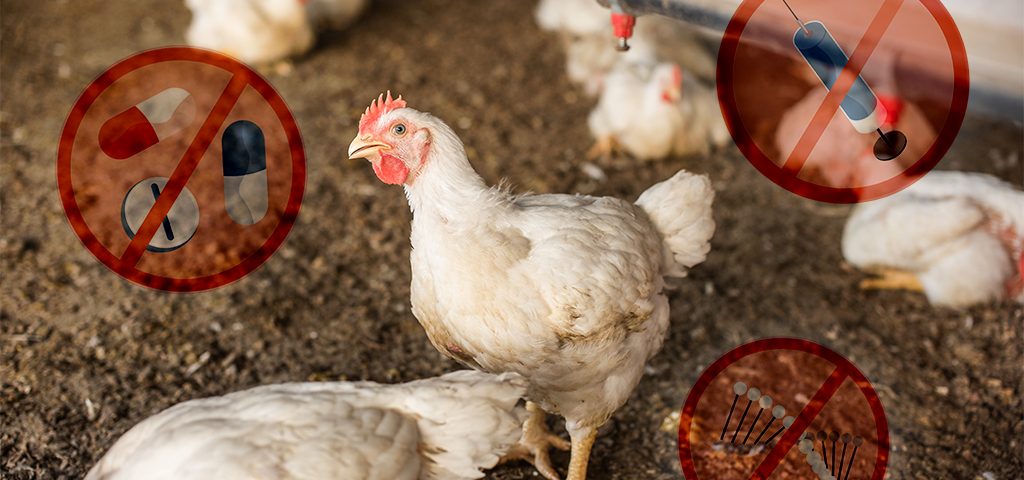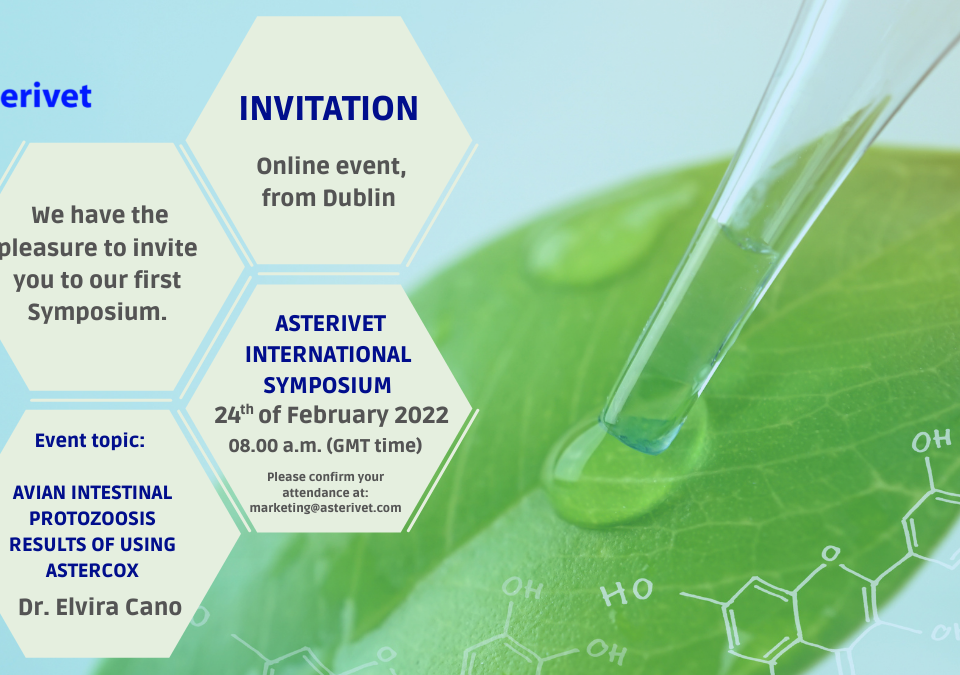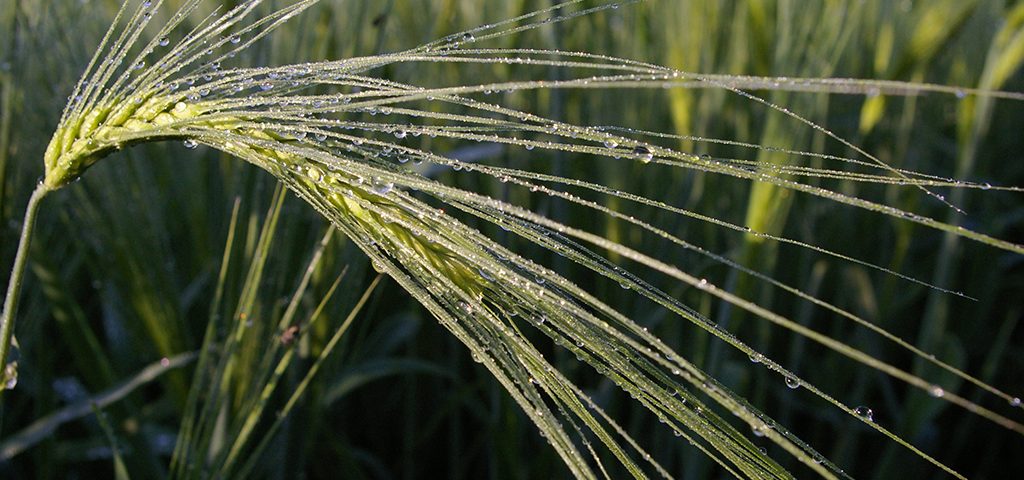
Heavy rains in China compromise corn quality
November 22, 2021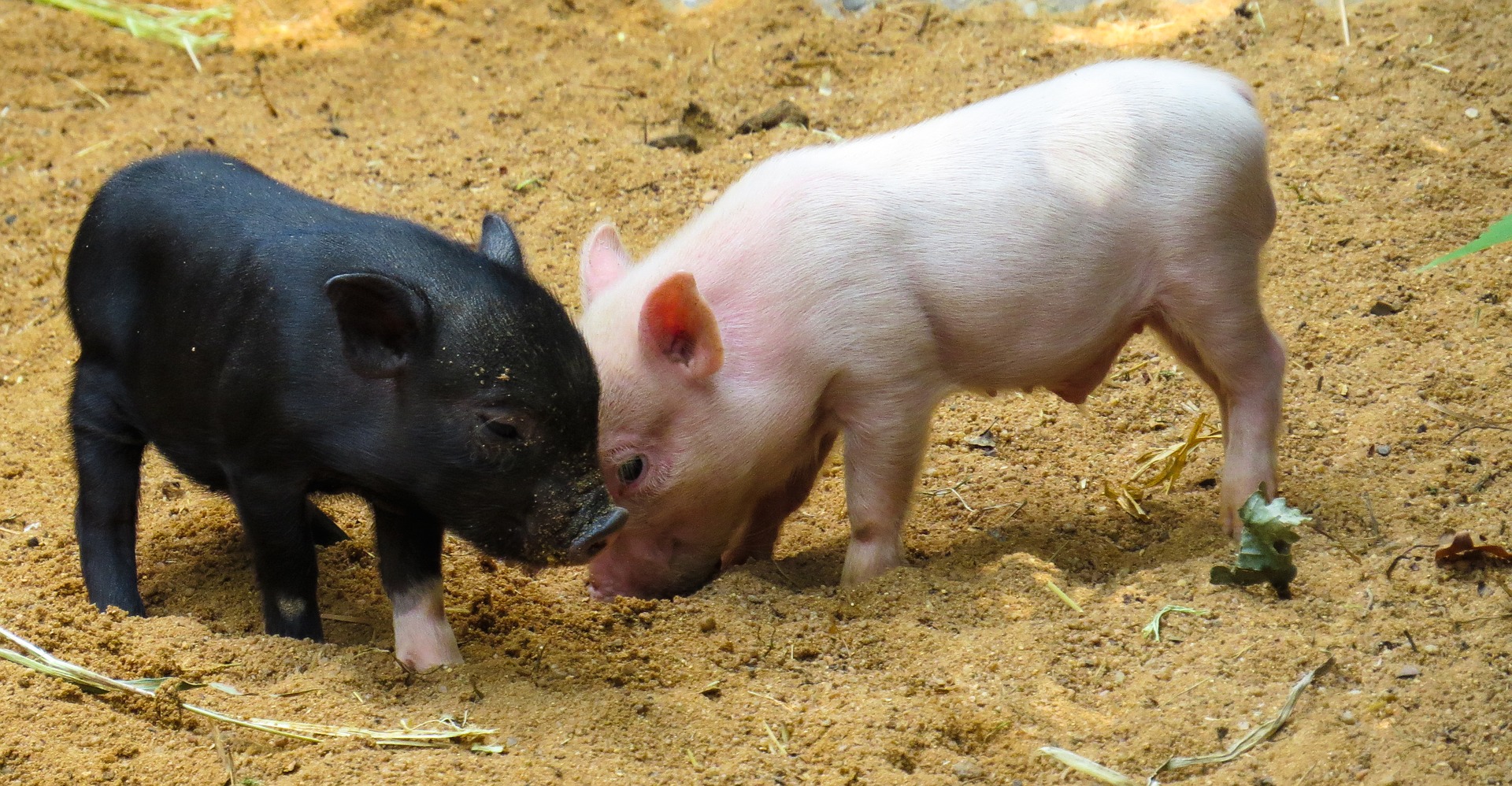
Zinc oxide will be banned in the European Union in 2022
December 3, 2021New measures are implemented in China to reduce the use of antibiotics
Use of Antibiotic Growth Promoters in China
China has been implementing intensive agriculture production for the past three decades and the traditional backyard farms have become intensive production facilities. As a consequence, China is the largest user of antibiotics in the word, where half of these antibiotics are used in animals [1], [2]. The high rate of antibiotic use has lead to the presence of antibiotic residues and eventually poses a serious threat to public health [1].
When antibiotics are used as growth promoters, they are administered continuously at low doses in healthy animals for they have a positive effect on the growth rate and the feed conversion. This misuse of antibiotics makes it more likely to have residues in meat, eggs or milk. These antibiotic residues enter to the food chain and can be toxic to humans.
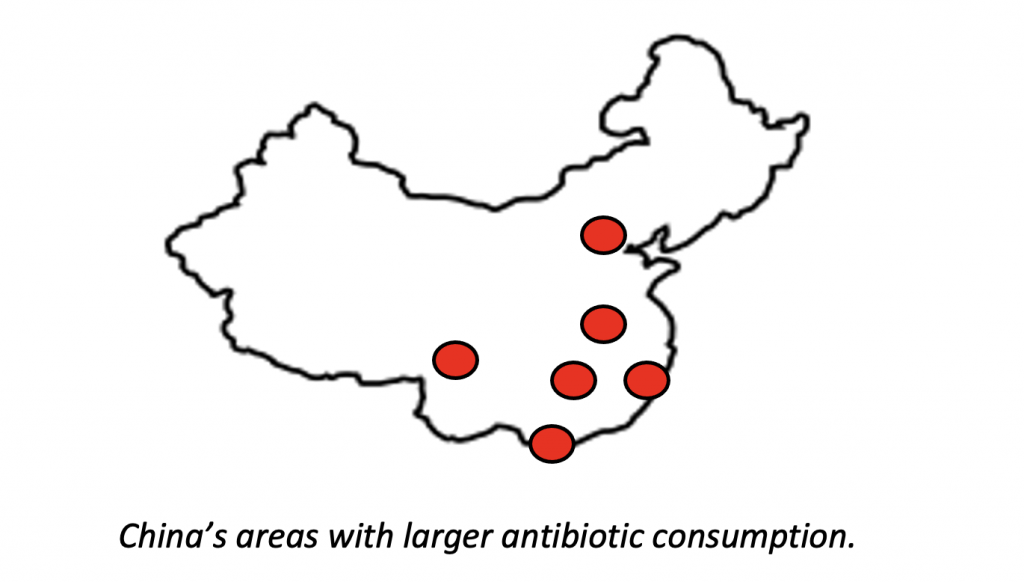
Action Plan to Reduce Antibiotic Use
Several measures were implemented in China since 2017 to reduce the use of antibiotics in animal productions, with three main initiatives: to withdraw all growth promoters in the feed except those included in traditional Chinese medicine since July 1st of 2020; to review product quality standards so that antimicrobials are used only for prevention or treatment; and to approve the use of antimicrobials for veterinary medicine only, not for additive purposes [1].
Nowadays, Chinese farmers are still using large quantities of antibiotics on poultry farms and the misuse is also high [1]. However, there are some good news, as the antibiotic consumption in China by the husbandry sector fell by 57% between 2014 and 2018. Therefore, a trend seems to be growing towards reducing antibiotic use in the country.
Measures to reduce the use of antibiotics are already being applied by some of the biggest producers, whose interest in finding effective natural strategies to promote growth without causing microbial resistances is raising. Besides, it is thought that, when the implementation of new natural strategies becomes more established in the country, smaller producers will increase their use.
CIONASTER as an Essential Tool to Success in Reducing Antibiotic Use
The development of natural tools that promote growth and improve feed conversion without having negative consequences, such as the emergence of antimicrobial resistances, is a key aspect to success in reducing the use of antibiotics.
In this matter, a botanical feed additive with an innovative technology that stands out: CIONASTER. It is composed of natural principles that promote the regeneration of the animal’s intestinal mucosa so that the digestive system becomes more efficient in digesting feed and absorbing nutrients. This, in turn, improves the growth rates and feed utilization.
CIONASTER’s efficacy lasts over time and does not pose a risk for animal nor public health, since it does leave residues in the meat, eggs, milk, or in any other animal product, thanks to its natural composition.
In summary, this feed additive can effectively enhance growth and decrease feed costs in the farms without any negative consequence. Besides, it can help farmers to reduce the use of antibiotics while maintaining the performance results.
Would you like to know more about CIONASTER?
If you would like to know more about CIONASTER and other innovative botanical solutions, please visit ASTERIVET’s webpage at www.asterivet.com, or contact ASIAN BIOTECHNOLOGY Ltd., the distributor of ASTERIVET’s products in Asia, through www.asian-biotechnology.com.
Consulted Sources
- [1] J. Xu, R. Sangthong, E. McNeil, R. Tang, and V. Chongsuvivatwong, “Antibiotic use in chicken farms in northwestern China,” Antimicrobial Resistance and Infection Control, vol. 9, no. 1. 2020.
- [2] K. Schoenmakers, “How China is getting its farmers to kick their antibiotics habit,” Nature, 2020.
